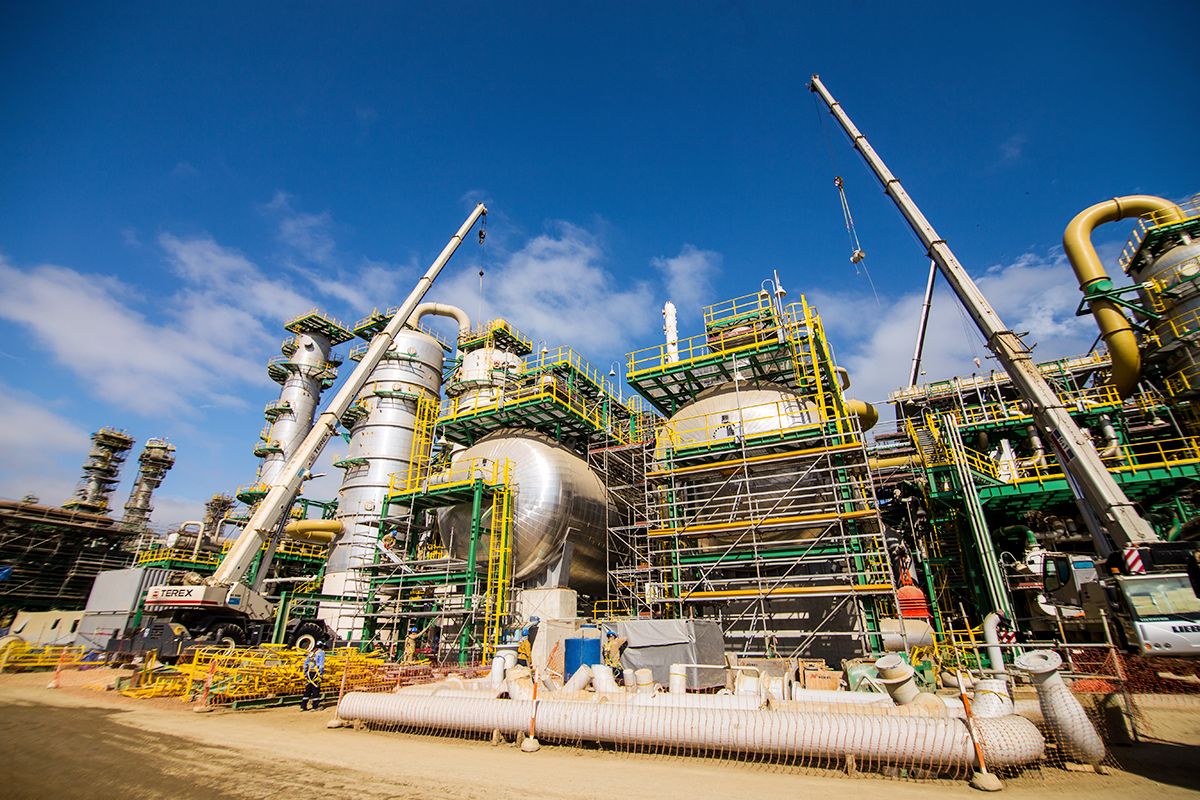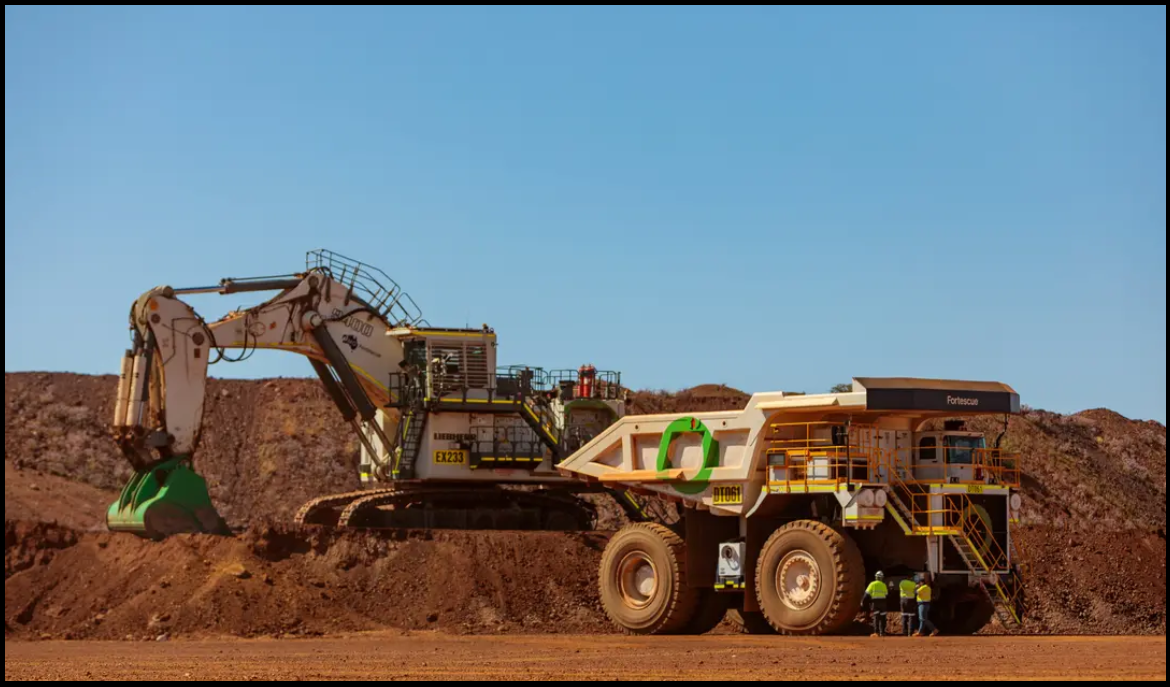
The Talara Oil Refinery, located in a desert district a little over 1,000km from Lima, is Peru’s second largest oil refinery. Since the refinery was first established, at the outset of the 20th century, it has played a central role in Peru’s domestic energy scene. It has an output of around 65,000 barrels per day (bpd), making it one of the largest in the Petroperú portfolio. In addition, it produces domestic LPG, motor gasoline, solvents, A-1 turbo, diesel, kerosene, industrial oils and even asphalt.
You could be forgiven for believing that Government-owned Petroperú might be satisfied with such an impressive setup, but recognizing the potential of the refinery, it has undertaken a massive upgrade of the refinery. This will not only modernize the Talara Refinery, making it one of the most sophisticated of its kind in South America, but also increase its oil producing capacity to around 95,000 barrels per day - pushing it very close to the top spot in Peru.
We decided to take a closer look at the modernization of Talara to understand the complexities involved in bringing a project of this size to fruition.
Background
The history of Talara goes all the way back to 1917, a little over a hundred years ago, when the refinery was first developed by the Standard Oil Company. By 1965, a series of upgrades had brought capacity at the refinery to 65,000 barrels per day, where it has remained ever since. At the beginning of this decade, however, plans were announced which would raise its capacity by nearly 50% - a hugely ambitious expansion in any industry.
In May 2014, after a public tender process, Técnicas Reunidas, S.A. (TRSA), a Spanish general contractor was awarded the Engineering, Procurement and Construction (EPC) contract for the refinery modernisation. TRSA’s previous awarded tenders have included oil refineries in destinations as diverse as Oman, Algeria, Venezuela and its clients include some of the largest private and government-owned oil and gas companies in the world.
To provide some indication of the scale of the Talara project, the US$2.7 billion was the largest turnkey project worldwide This all funded by the company’s own finances. An additional US$765 million will come from several private companies which will be involved in the construction and operation of the new service units at the refinery. The additional funds generated by sales of output - both domestic and international sales - were enough to convince management at Petroperú that it was a worthwhile investment.
The brief for TRSA at Talara is extensive. It includes the expansion and modification of Talara’s existing process units (primary distillation unit, catalytic cracking complex and vacuum distillation unit), the construction of new processing units (diesel hydrotreating, cracked naphtha hydrotreating, vacuum distillation, naphtha catalytic reforming, amine and cogeneration, and the expansion and upgrade of the utilities and offsites facilities.
Environmental Impact
The modernization of Talara was driven as much by the Peruvian government desire to bring it to the highest environmental standards, as merely expansion for its own sake. Peru has introduced a range of new environmental requirements (with a maximum sulphur content of 50 ppm) at competitive prices. This is a considerable reduction on the current figure, which has been estimated at close to 1,800 ppm.
As many readers will also be aware, operating an oil and gas refinery requires extraordinary amounts of water. On this measure as well, Talara is already showing outstanding results. Petroperú’s 2017 sustainability report shows that the plant used nearly 820,000 cubic metres of desalinated water in the previous year - effectively negating the requirement for it to draw water from existing reservoirs and creating a sustainable solution for the years ahead.
Social Impact
As mentioned at the outset of this document, Talara is located in a desert area, making it a locality characterized by high unemployment. To tackle this issue, Petroperú has committed to ensuring that 70% of the people involved in the construction and operation of the refinery are locals (referred to as ‘talareños’), many of whom are underskilled. The upskilling and employment of these individuals will continue to make an invaluable contribution to the region.
Talara has also benefited - and will continue to benefit - from a range of social programs implemented by Petroperú to improve the lives of Peruvians in a variety of ways. These include educational, safety and health programs. For example, by 2017, 63,000 educational kits have been distributed, 110 students have been awarded scholarships, more than 200 women had taken part in its female leadership program, and over 3,000 participants in an ongoing human rights education program.
Partners and Suppliers
While Técnicas Reunidas, S.A. was awarded the tender for the Talara modernization project, several other firms, both Peruvian and international, will contribute to Talara and many of Petroperú’s other projects. The case of Peruvian general contractor Graña y Montero (GYM S.A.) is indicative. It won a $352 million contract to provide services at Talara, to look after construction, procurement and engineering services at Talara.
GYM will be assisted in its endeavors by Cobra Peru, who are also responsible for the large desalination operations at Talara, JJC Schrader Camargo Peru and Kaefer Kostec, two large Peruvian engineering firms. The considerable task of providing electrics to the refinery is being taken care of by CIME Commercial, a Peruvian electrics firm. Finally, U-Peru SAC will provide on- and off-site accomodation for the 3,000-strong workforce at the refinery. Another key partner is MR & Asociados S.A.C; a specialist consulting and Geotechnical Engineering Studies company with more than 50 years of experience.
Becoming a standard bearer
The scale of the Talara project gives some indication, not only of the ambition of the Peruvian government and Petroperú, but also of its commitment to sustainability. After 100 years of delivering fuel to domestic and international clients, it would have been easy for the Peruvian government to continue on the same trajectory. Instead, it has looked to slash the ppc of its output, and becoming a standard bearer in the process.














